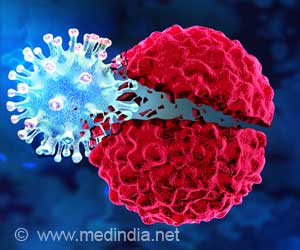Those with acute lower back pain who later recovered were most likely to lose pleasure in eating the pudding and show disrupted satiety signals – the communication from the digestive system to the brain – while those with acute lower back pain whose pain persisted at one year did not initially have the same change in their eating behavior. But chronic lower back pain patients did report that eventually foods high in fat and carbohydrates, like ice cream and cookies, became problematic for them over time and brain scans showed disrupted satiety signals.
“It is important to note, this change in food liking did not change their caloric intake,” said Geha, who first authored a previous study published in PAIN that recent research is building on. “These findings suggest obesity in patients with chronic pain may not be caused by lack of movement but maybe they change how they eat.”
Brain scans of the study participants revealed that the nucleus accumbens – a small area of the brain mostly known for its role in decision-making – may offer clues to who is at risk to experience a long-term change in eating behavior. Researchers found the structure of this area of the brain was normal in of patients who initially experienced changes in their eating behavior but whose pain did not become chronic.
However, patients whose eating behavior was normal, but whose pain became chronic had smaller nucleus accumbens. Interestingly, the nucleus accumbens predicted pleasure ratings only in chronic back pain patients and in patients who became chronic after an acute bout of back pain suggesting that this region becomes critical in motivated behavior of chronic pain patients. Previous research by Geha, found a smaller nucleus accumbens can indicate if someone is at a greater risk of developing chronic pain.
Additional authors include Yezhe Lin, Ph.D., and Gelsina Stanley of the University of Rochester, Ivan de Araujo, Ph.D., of Icahn School of Medicine at Mount Sinai, and Dana Small, Ph.D., of Yale University. The research was funded by National Institute on Drugs Abuse.
Source: Eurekalert



